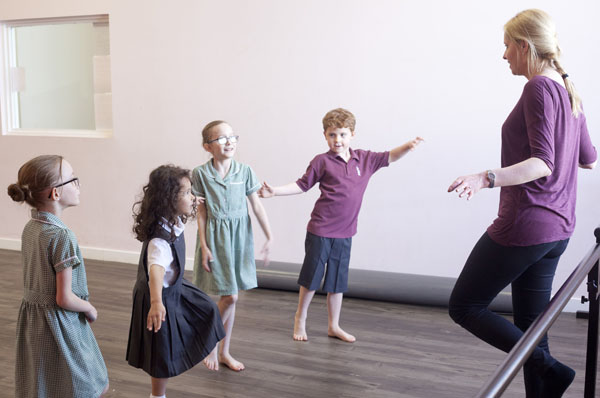Sensory processing disorders in children can be quite challenging. If you suspect your child has one, or if he/she has recently been diagnosed, your next step is finding the right occupational therapist.
These individuals are highly trained to assist in effective treatment, but like any other profession, they differ in style and philosophy. You want someone who is going to click with your son/daughter so that the greatest help can be given.
What to Look for
Your child is just as unique as the independent occupational therapist that you will choose for him/her. You will want to pick someone that he/she likes and that will require looking for certain key aspects:
- 1 to 1 therapy– A wide range of sensory opportunities should be provided in an environment in which the therapist is able to give your child his/her complete attention.
- Diagnostic evaluation– A good therapist will provide you with a jargon free (or at least well-explained) evaluation of your child’s condition prior to beginning treatment.
- Inclusive education– Treatment plans should include a number of hours of training and education for you, as the parent, so that treatment methodologies can be utilized at home and in non-therapeutic settings as well.
- Written goals– The priorities of the treatment should be discussed at the very beginning so that you understand the goals and can input your personal position as well. Read more to better understand sensory processing disorders and the goals associated with them.
- Post-treatment documents– A good therapist will provide you with documentation about post-treatment result, goals met, new goals established, and any additional information useful to helping your child.
- Intensive treatment– This is provided two to three times weekly and though it is shorter in duration it can provide longer lasting neurological and behavioral changes than its once a week counterpart.
- Challenge with success– Kids in occupational therapy are supposed to think they are playing while they are actually learning coping skills, self-esteem and behavior modification. Crying during play would indicate a therapist’s ineffectiveness.
- Sensory stimulation– These purposeful steps are designed to work on improving your child’s social participation, hygiene, esteem and self-regulation. Click here to learn about sensory stimulation games.
- Questions– A legitimate therapist will ask a lot of questions to get to know you and your child. But, the questions can be yours as well. Don’t hesitate to ask for explanations and clarifications. Good therapists want their clients to be fully educated and self-sustaining once the therapy reaches the full extent of its capabilities.
- Listens– If your child’s therapist does all the talking and rarely listens to you or your concerns, find one who really cares about your family. Occupational therapy is supposed to provide functional and visible change. Other people should note that therapy is working. If that’s not happening you need a therapist that will listen to you so that proper adjustments can be made and new therapeutic avenues sought.
If you would like to learn more about occupational therapy and its value in your child’s life read this. Picking the right occupational therapist for your child’s needs will be the catalyst to real behavioral and neurological change. This is not a decision to take lightly. Not all therapists are created equally, just as not all children are. Your child deserves the best therapist for his/her specific needs.

